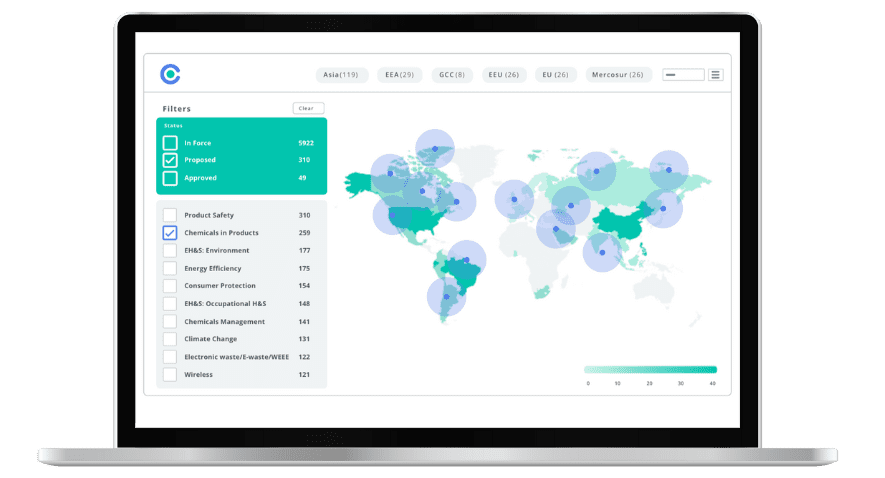
The Global Reporting Initiative (GRI) Issues Updated Biodiversity Reporting Standard

This blog was originally posted on 7th February, 2024. Further regulatory developments may have occurred after publication. To keep up-to-date with the latest compliance news, sign up to our newsletter.
AUTHORED BY CELIA LE LIEVRE, SENIOR REGULATORY COMPLIANCE SPECIALIST, COMPLIANCE & RISKS
Introduction
The Global Reporting Initiative (GRI) provide the world’s most widely used sustainability reporting standards, helping organizations to communicate and demonstrate accountability for their impacts on the environment, economy and people.
Regulatory developments in the ESG and corporate sustainability field have gained huge momentum worldwide in 2023, and show no signs of slowing down in 2024.
In this blog we delve into the new Biodiversity Reporting Standard – GRI 101.
Global Reporting Initiative Biodiversity Reporting Standard (GRI 101)
On 24 January 2024, the GRI issued its new Biodiversity Reporting Standard (GRI 101) to help organizations make voluntary disclosures on their biodiversity-related impacts and approach to managing these impacts.
The standard is not legally binding and may be used, on a voluntary basis, by any organization regardless of its size, type, sector or geographic location.
The standard reviews/replaces existing standard GRI 304 to incorporate recent global developments including the goals of the Kunming-Montreal Global Biodiversity Framework and recommendations of the Taskforce on Nature-related Financial Disclosures (TNFD).
Disclosures
In total, the standard includes eight disclosures:
- 3 disclosures provide information on how an organization manage biodiversity impacts associated with its own operation and value chain;
- 5 disclosures cover descriptions of the actual biodiversity-related impacts caused by the undertaking.
Unlike its predecessor (GRI 304: 2016), the standard incorporates new disclosures on direct drivers of biodiversity loss (i.e. land use, climate change, overexploitation, pollution and invasive species).
It also places greater emphasis on location-specific impacts, requiring organizations to disclose detailed information on the place and size of operational sites with the most significant impacts on biodiversity.
What’s Next for GRI 101?
GRI 101 will formally apply to the reporting year starting on or after 1 January 2026.
Unfortunately, GRI 101 cannot be shared for copyright reasons. The standard can nonetheless be downloaded (for free) from the GRI’s Resources Centre.
Stay Ahead Of Regulatory Changes
Want to stay ahead of regulatory developments like Australia’s Mandatory Climate-related Disclosures?
Accelerate your ability to achieve, maintain & expand market access for all products in global markets with C2P – Your key to unlocking market access, trusted by more than 300 of the world’s leading brands.
C2P is an enterprise SaaS platform providing everything you need in one place to achieve your business objectives by proving compliance in over 195 countries.
C2P is purpose-built to be tailored to your specific needs with comprehensive capabilities that enable enterprise-wide management of regulations, standards, requirements and evidence.
Add-on packages help accelerate market access through use-case-specific solutions, global regulatory content, a global team of subject matter experts and professional services.
- Accelerate time-to-market for products
- Reduce non-compliance risks that impact your ability to meet business goals and cause reputational damage
- Enable business continuity by digitizing your compliance process and building corporate memory
- Improve efficiency and enable your team to focus on business critical initiatives rather than manual tasks
- Save time with access to Compliance & Risks’ extensive Knowledge Partner network

ESG 2023: A Year in Review
Our whitepaper summarizes the ESG regulatory landscape in 2023, reviewing the key regulations proposed, published and/or entered into force.


